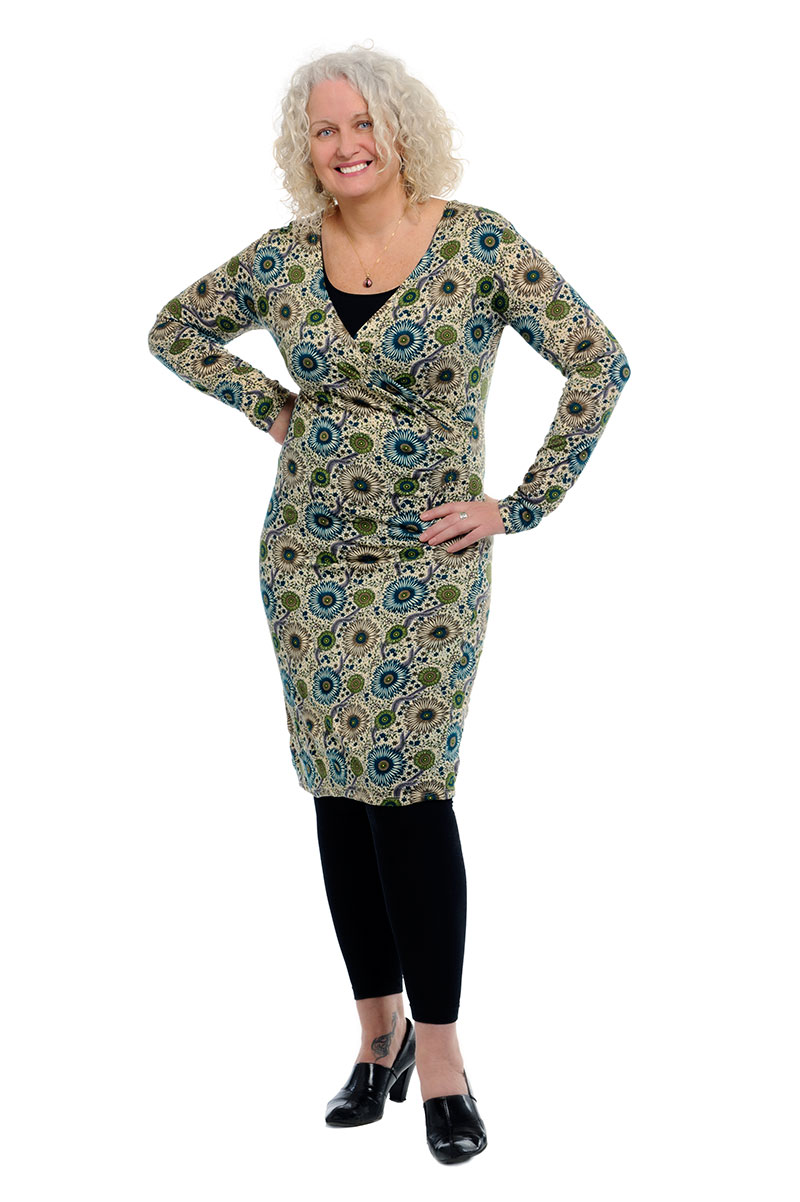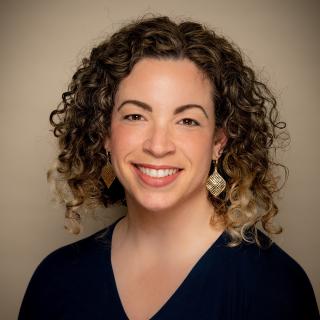
Suzanne Gwynn is a longtime critical care nurse specializing in bone-marrow transplant, hematology/oncology and hospice care. She’s worked with Fred Hutchinson Cancer Research Center, Seattle Cancer Care Alliance, Seattle Children’s Hospital, Providence Hospice and Swedish Medical Center, and is also mom to two grown children and two grandchildren. Two years ago, Gwynn founded Ladybug House, a project to create a freestanding, community-based palliative-care home in Seattle. When built, the nonprofit center will offer respite and renewal to families and their children with life-limiting illnesses. Medical professionals will be available from the point of diagnosis through recovery or bereavement, and a palliative-care team will support the family as a child’s condition progresses.
How did this idea get started?
I’ve been a nurse 31 years. I’m Canadian, and I moved here in 1993 and in 1996, I started at Swedish Hospital. People come from all over the world for bone marrow transplants, and what I saw happening is that people get these transplants and so often they are too sick to return home. They are isolated from their families and support networks for long periods of time. Or, once they passed, there was no grieving or mourning process, because there was no place to grieve, for the loved ones. People started telling me, “We could really use some kind of a place, a rest house, a place for a break and support.” When the program moved to Seattle Children’s, it became the Seattle Cancer Care Alliance, and we still got people from all around the country: Washington, Idaho, Montana and Alaska, California, Texas. People would be
staying in campers, in cars in the parking lot. We do have Ronald McDonald House for families, but it’s not a place where the patient can come out and where you would want to treat them. I had heard in 1985 that the very first pediatric hospice was built in the U.K., Helen House, and now they are all over there. There are only two in our country. I felt someone else should do this, and finally in 2013, I put pen to paper.
How will children and families benefit?
People don’t realize that over 56,000 children die in this country every year, and that 43 children are diagnosed every day with cancer. Ladybug House won’t be just for cancer, it will be for all children with all life-limiting illnesses. This already exists for adults: If your mother was sick, she could go to skilled nursing care and then she could go home; if she was dying and didn’t want to be in the hospital, she has the option of a family hospice. Children don’t have that option. From the hospital they go home, and their parents do their pain management, give them their IV fluids, give them their medications, suctioning, oxygen, plus doing the laundry and driving the other kids to soccer. And if and when it comes time, families want to be together and don’t want [the sick person] to die in the hospital, but there’s no other option. The symptom management gets so out of control, they can’t handle it.
So this would provide skilled nursing right there in the hospice facility, where the family of the sick person would be welcome?
Social workers, medical directors, child life [specialists], chaplains — there would be a multidisciplinary team not only for the child, but for the entire family. The goal is a 25,000-square-foot home with 12 rooms, hopefully eight of them would be family suites, and the four other rooms would be for respite. So if a family wanted to get away for a weekend, or they needed a breather, they could leave their child here, knowing she was going to get good care. We’ll have a kennel in the back, for families with pets. Nurses won’t have to sneak puppies in like they do at hospitals.
Where are you with getting support?
We are an unproven model here in the states. I work full time, so that’s challenging. But we have had some amazing letters and responses of support. We have volunteers — grant writing, newsletter, fundraisers. We’ve had community donations. In March, we held our first fundraiser and raised around $11,000. Soon after, there were amazing companies that hosted events to raise money and/or awareness. We’ve built a team, are getting the Ladybug House name out there and are preparing for potential legislative advocacy to initiate pediatric hospice policy, all while navigating through our first audit. And, we were selected as a quarterfinalist in Social Venture Partners’ Fast Pitch competition!
Why should people lend their support right now?
It’s not a sexy topic. We’re dealing with death, and we’re a death-phobic society. We have to let people know that this isn’t just about dying. It’s about quality of life and celebrating everyone. It’s about us saying to enough people: You may not need this, you may not have children, and you may never need it. But if you did, wouldn’t you want it to exist?











